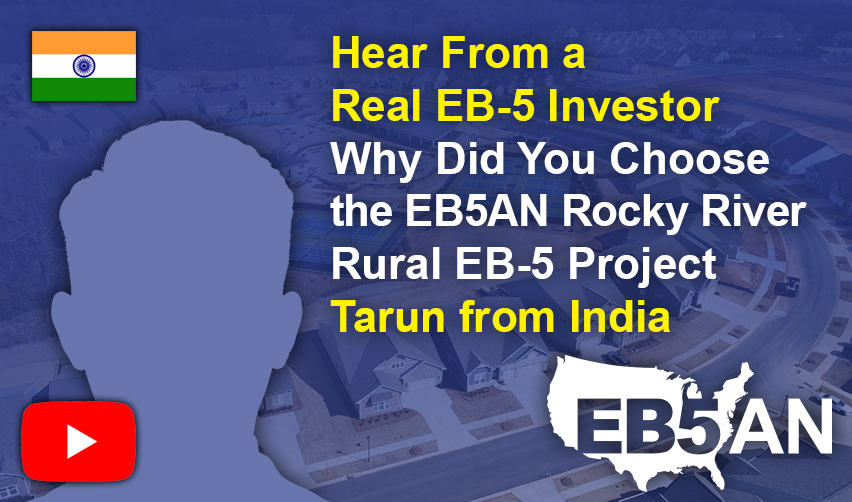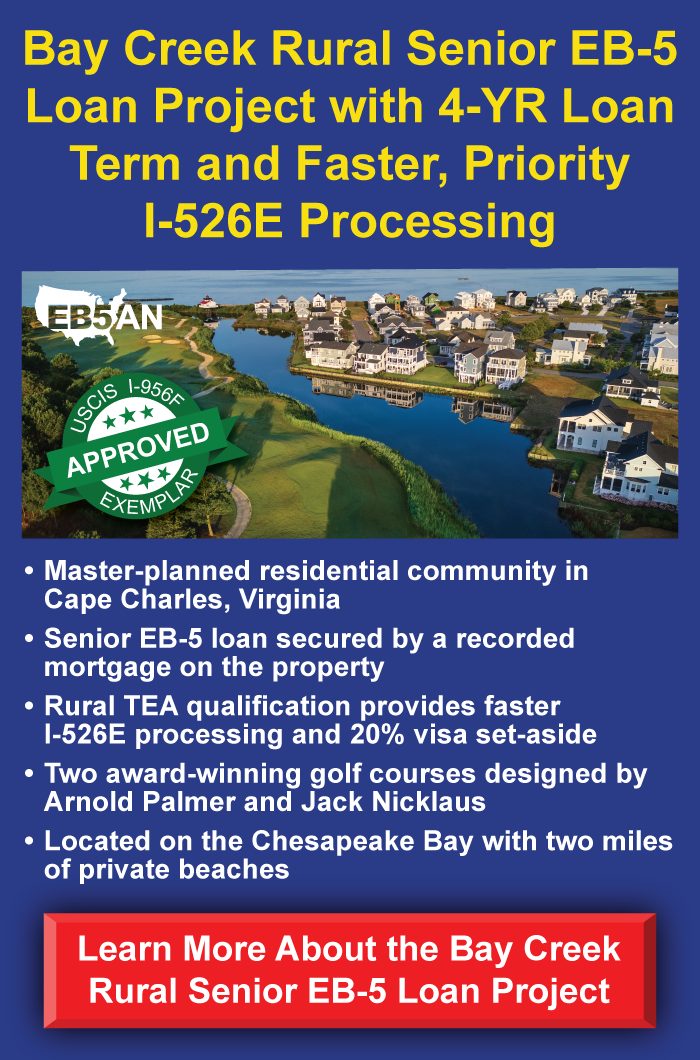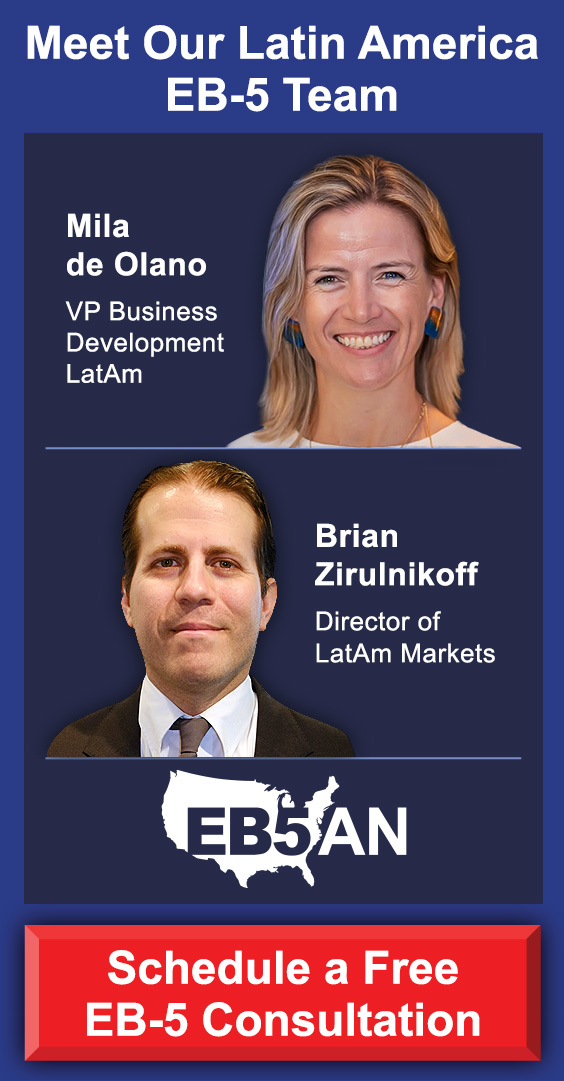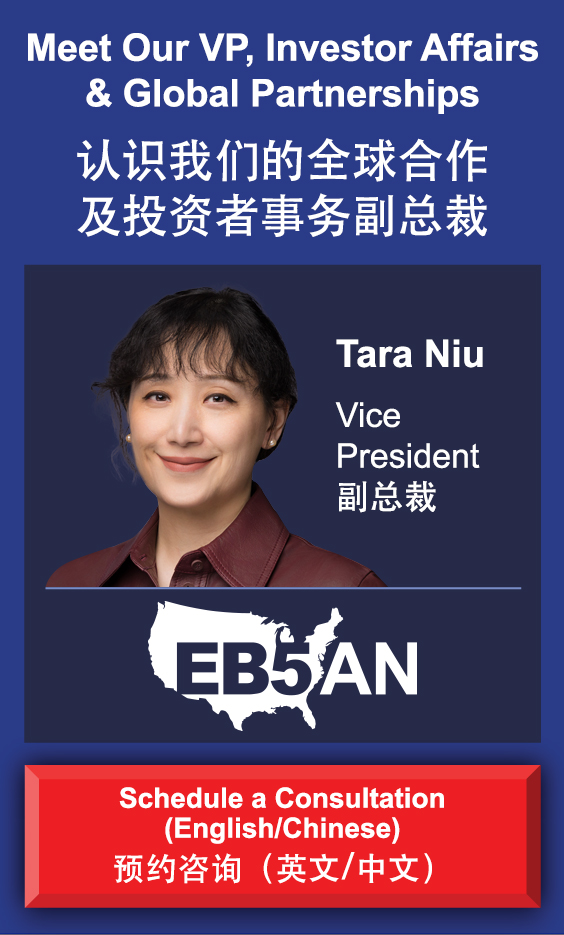My name is Tarun, and I’ve been living in the United States for several years now.
Like many other Indians, I moved here for the career opportunities the United Sates has to offer. You simply can’t find such a thriving environment for people starting their careers.
However, as you;’ll discover, I tried many different visa options to remain in the U.S., and none of them worked out.
Fortunately, I discovered the EB-5 investor visa, one of the very few direct paths to a US. Green Card.
I’m happy to say that I’m now on the path to becoming a permanent resident of the United States. Here’s how you can do the same and leave behind the uncertainties of H-1B and similar temporary visas.
Watch Tarun’s Full Interview
Watch Tarun’s Interview Highlights
My Background and Arrival in the US
Exploring Visa Options
Discovering the EB-5 Option
Selecting an Immigration Attorney
Working with My Immigration Attorney
Researching Regional Centers and Projects
Deciding Between Rural and Urban Projects
Choosing the Rocky River Rural Project
The Subscription Process and Funds Transfer
Reflecting on the Investment Cost and Return Potential
My Advice to Other Investors
My Background and Arrival in the US
I have been living in the United States for about four and a half years. I came from India for my master’s degree. I grew up in the midwestern part of India, near Mumbai, and I chose the US for higher studies. Now I work in a tech company. My student visa was under the STEM OPT program. I knew early on that I wanted to be in the US for the long term, so I started looking at other visa options.
Exploring Visa Options
When I began thinking about my long-term plans, I looked into several visa types. I tried three times to get an H-1B visa, but I did not succeed. I also looked into the O-1 visa for extraordinary talent and later thought about the EB-1A option. None of these options seemed right for me. I saw friends go through the H-1B process, and I learned that the H-1B can come with long waits for a green card. The uncertainty grew even more when I saw the layoffs in the tech industry, especially in the last two years. With just 60 days to find a new job after a layoff, the system seemed too risky. Faced with these challenges, I started to question whether I could remain in the US for the long run using these paths.
Discovering the EB-5 Option
About six months before I made my investment, I learned about the EB-5 program. The topic came up casually in a conversation with a friend. I did not know about this option until that moment. Once it was mentioned, I began to research everything I could about EB-5. I watched several videos on EB5AN and spent many hours, sometimes even two whole nights, learning about how the process works. I looked into details like how to make an investment, what “source of funds” means, and how the application process runs from start to finish. After discussing this with my wife, we agreed that the EB-5 program provided a better route for me to achieve long-term stability in the US.
Here’s my thinking on the EB-5 visa compared to other options: While EB-5 is more expensive in the short-term, the other visa options offer no stability or peace of mind. As an H-1B worker, for instance, you could be laid off at any time and have to leave the United States on short notice.
But a Green Card allows you to become a permanent resident and remain in the United States—regardless- of employment status or other criteria.
What price can you put on peace of mind? That’s why I decided to invest in the Rocky River rural EB-5 project.
Selecting an Immigration Attorney
Once we decided to pursue the EB-5 program, the next step was to hire an immigration attorney. I set four clear parameters for choosing the right attorney for my case. First, I looked at how many cases the attorney had handled; I wanted someone with plenty of experience. Second, I checked the attorney’s success rate. An attorney might handle many cases, but I wanted someone who had a high rate of successful outcomes. Third, I needed an attorney who had handled cases under both Democratic and Republican administrations. The rules sometimes change with a new political cycle, and I wanted an attorney who had seen both sides of that process. The fourth point was specific to my situation. I had planned to use a property in India as a source of funds at first. This meant the attorney needed specific knowledge of the complicated filing process that comes with Indian funds. With these four points in mind—experience, success rate, diverse experience with government administrations, and expertise with Indian source of funds—I was able to narrow down my choices.
I spoke with Anahita George, my immigration attorney. and found that she met every one of my criteria. On our first call, I explained my situation, including the details of the funds I planned to use from a property in India. I felt confident enough that I did not need to search any further. I decided then to move forward with Anahita.
Working with My Immigration Attorney
I began my research in May and hired Anahita in June. Although I had initially considered using a property in India for my funds, I eventually used a US source of funds. That made the process much simpler. The preparations took only one or two weeks, and the process was very fast. Even though I was in India at the time, I reached out at odd hours. Anahita was very responsive and answered my messages quickly. The entire process felt seamless. I had no complaints about the speed or clarity of the work we did together. The support I received confirmed that I was on the right path.
Researching Regional Centers and Projects
My next step was to look at the regional centers and projects. I focused my research on one regional center that I found through EB5AN’s videos and website. I saw clear evidence that they had been working in the field for over ten years. Their information and credentials showed that they had a strong grasp on how the whole process works. The same parameters I used for selecting my attorney played a role here as well: I looked at past performance, history with different government policies, and the philosophy behind picking projects and developers. I realized that the regional center had already done the hard work of pre-qualifying developers and projects. This meant I did not have to spend extra time on checking every detail myself. That clearly eased the process of choosing the right regional center and the right project for my investment.
Deciding Between Rural and Urban Projects
Once I felt secure with the regional center, I looked more closely at the types of projects available. I had the option to invest in either urban or rural projects. I compared two major factors: when I would get my money back and the timeline for receiving my green card. I also considered the risk level involved with each type of project.
In many urban projects, there was a lawsuit related to the link between the investment and the green card. This risk factor was especially important for investors from India. Both rural and urban projects could have the same timeline for money return. However, rural projects offered a quicker route to receiving a green card. In rural areas, there is a larger allocation for Indian and Chinese investors, which helps speed up the timeline. I focused on the project details with these three criteria in mind: return of funds, risk, and green card timing.
Choosing the Rocky River Rural Project
After weighing the options, I narrowed my focus to two projects: ONE Tampa and the Rocky River project. My main criteria remained the same. I needed assurance that I would get my money back, I looked closely at the risk involved, and I wanted a project that helped speed up the green card process.
I chose the Rocky River project because it best met my needs. One of the top reasons for my decision was the developer behind the project—Kolter. I had seen Kolter’s work in other projects, such as Twin Lakes. Their track record convinced me that the project would be built to a high standard and that money would be repaid on time. The Rocky River project is designed as a single-family home community. Its location, close to the airport, makes it an attractive option because it fits well with a comfortable lifestyle. With Kolter’s proven history and the right geographical location, I felt the risk was lower and the probability of success was high.
The Subscription Process and Funds Transfer
The next step was the subscription process for the Rocky River project. My communication with the team at EB5AN was constant from early on. I stayed in touch with Patrick, who kept me updated about project details. I had initially been interested in Twin Lakes, but once I knew about Rocky River and saw that similar parameters applied, I was convinced. Patrick provided all the updates on the risk involved and the progress of the project. His guidance helped me understand the details I needed to make my investment decision.
Once I was ready to invest, the process went very fast. I received the documents, signed them, and sent them back. The funds were transferred to escrow within two weeks. The efficiency of the process was one of the biggest highlights of my experience. Even though I was far away in India, my messages were answered quickly, even if it meant waiting until late in the day on the US side. The speed and clarity throughout the process made it feel reliable and straightforward.
Reflecting on the Investment Cost and Return Potential
When comparing the EB-5 investment with other options, the financial numbers also played a big part in my decision. On the surface, the investment amounts to nearly a million dollars when you consider the base investment of $800,000, the attorney fees, and the additional costs such as processing and documentation fees. However, if you think about where else this money could be used, the differences are significant. For instance, if you had invested this amount in the S&P 500, assuming a 10% return, that money would grow substantially over 30 years. I estimated that the growth might reach around $8 million over the long term. Even though you are investing nearly a million dollars, the potential return over time is much higher. This comparison helped me see that the EB-5 investment made sense when compared with other long-term options. It is not just about the money you invest upfront; it is about the future benefits and stability it can bring.
My Advice to Other Investors
Based on my experience, I would suggest that other Indian investors do their research before making a decision on the EB-5 program. Look at the different routes available if you plan to stay in the United States. Evaluate whether H-1B, O-1, or EB-1A may work for you. For me, none of those options provided the stability I was seeking. The process in those cases could be long and uncertain, especially when facing issues like job layoffs and long waiting periods.
For anyone who chooses the EB-5 path, make sure you have clear criteria when picking your immigration attorney and your regional center. For the attorney, consider how many cases they have handled, their success rate, their experience with various government administrations, and whether they have the right expertise for your specific funds source. For the regional center, trust their pre-qualification process for developers and projects. They have already done a lot of homework and have established a track record, which can ease your worries about the investment.
When it comes to picking between projects, consider the following three key points:
- When will I get my money back?
- How much risk is involved?
- When will I receive my green card?
For me, the decision came down to these questions. The nature of the urban projects and the ongoing legal challenges for some projects raised doubts for many investors like me. I needed a path that would bring me a green card faster and with lower risk. That is why I focused on a rural project like Rocky River. The special allocation for Indian and Chinese investors in rural projects made a big difference. The quicker timeline for a green card helped solidify my decision. With the added benefit of a trusted developer like Kolter, I felt confident that Rocky River would deliver on its promises.
Throughout the process, the team at EB5AN was very supportive. I had a clear line of communication with Patrick and others who helped answer my questions about the projects. They made it very easy for me to keep track of every step of the process. I did not need to worry about lengthy delays or complicated steps, because the team was always available to guide me. Their updates were timely and clear. I found that this level of transparency and promptness was very important for someone who was making such a large investment. It gave me the confidence that I could rely on their experience and dedication to see me through the process without unwanted surprises.







